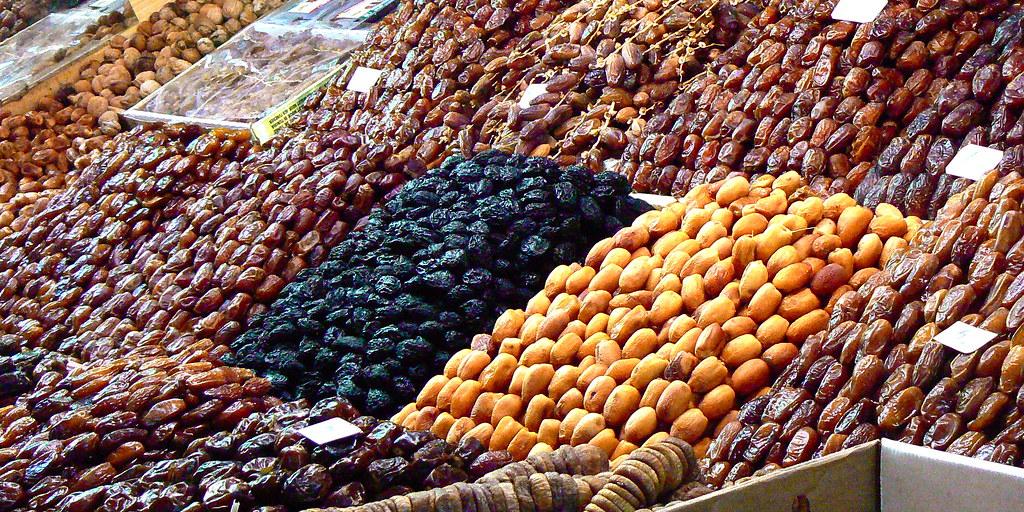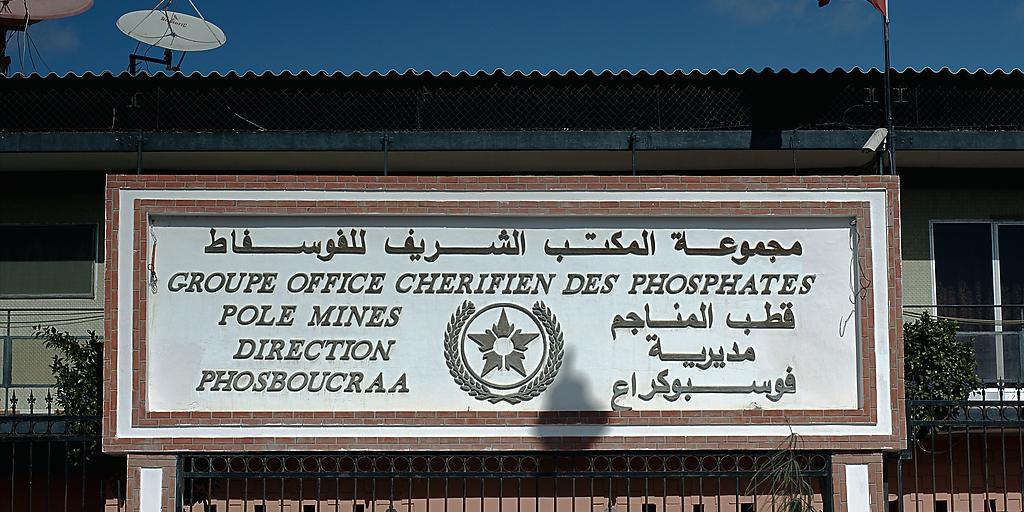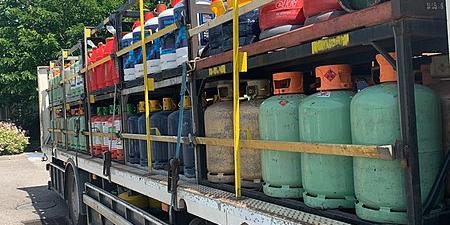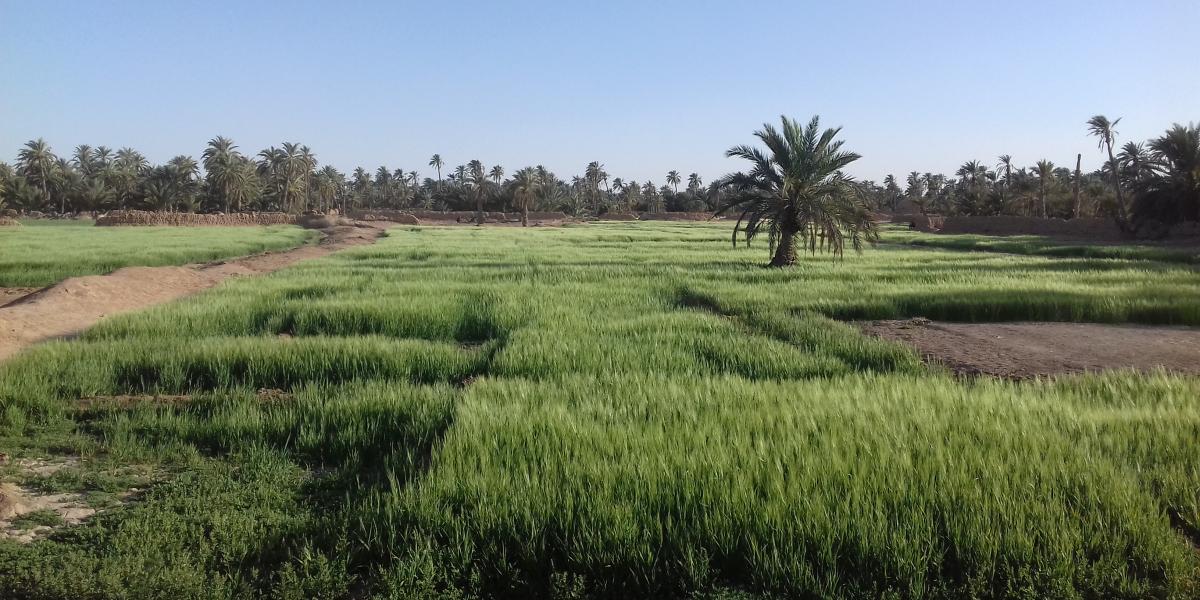South Africa : Light at the end of the tunnel for high food prices in South Africa
- 28 March 2023 / News / 310 / Admin-23

Food prices are expected to remain heightened in 2023. However, beyond the next several months, consumers should start seeing a tapering, with the long-term food price outlook being more favourable, says the Bureau of Economic Research (BER).
The group of researchers said that food price dynamics surprised once gain in February, with load shedding contributing heavily to a rise in feed costs, fuel, fertilisers and more – all operational costs that are passed onto the consumer.
Load shedding’s persistence will see consumer food prices remain elevated, said the BER.
The group added that close to 80% of the respondents in the nondurable (food and beverages) retail sector that responded to its latest 2023 Q1 Retail Survey expect a faster rate of increase in selling prices in 2023 Q2 relative to a year ago.
“This is more or less similar to the percentage of respondents that reported an acceleration in selling prices during 2023 Q1,” the BER said.
“Beyond the next several months, the food price outlook is more favourable.”
The BER said that there are strong base effects that should support an easing in the rate of food price increases in the last six months of 2023.
According to the group, such ‘base effects’ include:
- The annual rate increase for the CPI food component accelerated to roughly 12% in the second half of 2022 from 7% in the first half.
- Sharp declines in South Africa’s maize and wheat future prices from peaks in 2022, with wheat down 9% year-on-year and maize 6% lower.
“Should futures prices stabilise at these levels, or preferably decline further, it would go some way to ease the input cost burden for certain categories of food producers. If sustained, the lower oil price is another positive for food bills later in the year.”
“Notwithstanding these more favourable developments, we now see consumer food prices averaging around 9.5% in 2023,” the BER added.
Food inflation
Recent CPI data showed that food prices had reached a 14-year high at 13.6% for February. The reading in February is the highest since April 2009, which was also 13.6%.
Annual inflation for bread & cereals was 20.5%, slightly lower than January’s 21.8%. Maize meal, an important staple, continues to see high rates of inflation. Its price index increased by 2.2% between January and February, taking the annual rate to 34.7%.
Meat inflation continued to accelerate, reaching 11.4% in February from 11.2% in January. This is the highest annual increase for meat since February 2018 (also 11.4%).
Annual inflation for the oils and fats category slowed for a sixth consecutive month, edging lower to 16.7%, the lowest reading since April 2021 (also 16.7%).
According to the Bureau for Food and Agricultural Policy (BFAP), higher food prices in South Africa are being driven by the following factors:
- The weaker rand;
- Persistent and escalating load shedding;
- Hot and dry conditions in key production areas (e.g. South America);
- Geopolitical unrest (war in Ukraine);
- Supply chain disruptions; and
- Animal diseases.
Food prices – specifically that of fresh produce – across the country are currently under investigation by the Competition Commission.
Over the last few years, there has been a concern over the concentration and participation of farmers and the overall volatility of fresh produce pricing.
The inquiry is assessing if any features within the fresh produce value chain impede, restrict or distort competition in the market, including the final price of foods on shelves in the store.
source: businesstech
 English
English
 français
français
 العربية
العربية







